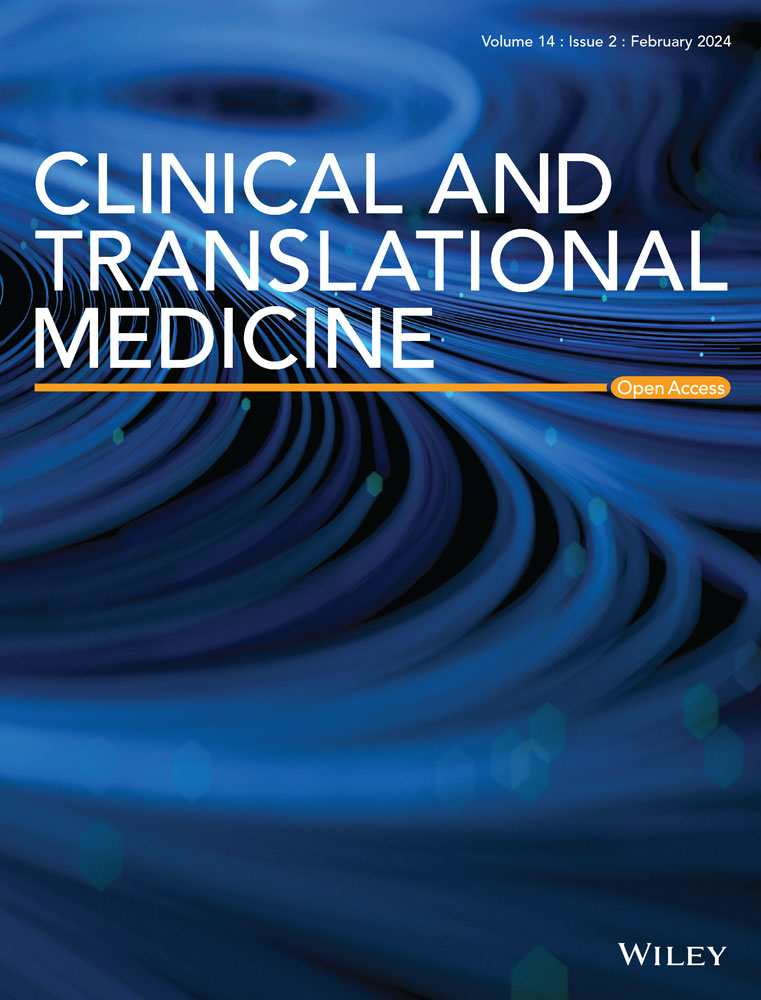Proteogenomic characterisation of primary oral cancer unveils extracellular matrix remodelling and immunosuppressive microenvironment linked to lymph node metastasis
Abstract
Oral squamous cell carcinoma (OSCC) is an increasingly prevalent malignancy worldwide. This study aims to understand molecular alterations associated with lymph node metastasis of OSCC in order to improve treatment strategies. We analysed a cohort of 46 patients with primary OSCC, including 10 with lymph node metastasis and 36 without. Using a comprehensive multi-omics approach – encompassing genomic, transcriptomic, proteomic, epigenetic, single-cell, and spatial analyses – we integrated data to delineate the molecular landscape of OSCC in the context of lymph node metastasis. Our genomic analysis identified significant mutations in key genes within the MAPK, TGF-β and WNT signalling pathways, which are essential for tumour development. The proteogenomic analysis highlighted pathways critical for lymph node dissemination and factors contributing to an immunosuppressive tumour microenvironment. Elevated levels of POSTN were found to reorganise the extracellular matrix (ECM), interact with TGF-β, disrupt cell cycle regulation and suppress the immune response by reducing VCAM1 activity. Integrated analyses of single-cell and spatial transcriptome data revealed that cancer-associated fibroblasts (CAFs) secrete TGF-β1/2, promoting cancer cell metastasis through epithelial–mesenchymal transition (EMT). Our integrated multi-omics analysis provides a detailed understanding of molecular mechanisms driving lymph node metastasis of OSCC. These insights could lead to more precise diagnostics and targeted treatments.
This article is protected by copyright. All rights reserved


 求助内容:
求助内容: 应助结果提醒方式:
应助结果提醒方式:


